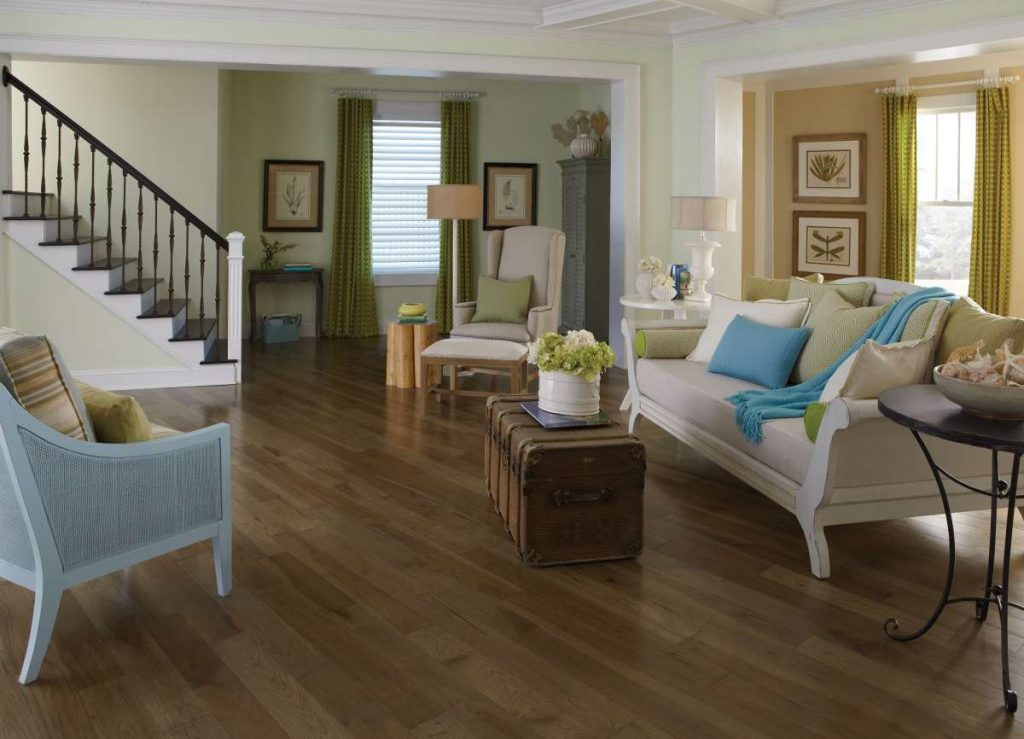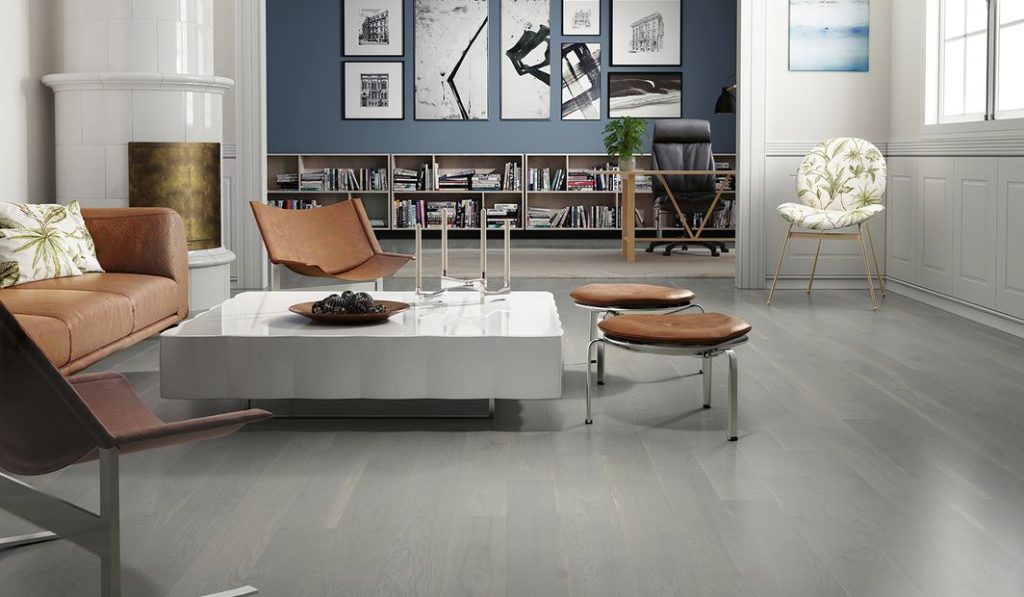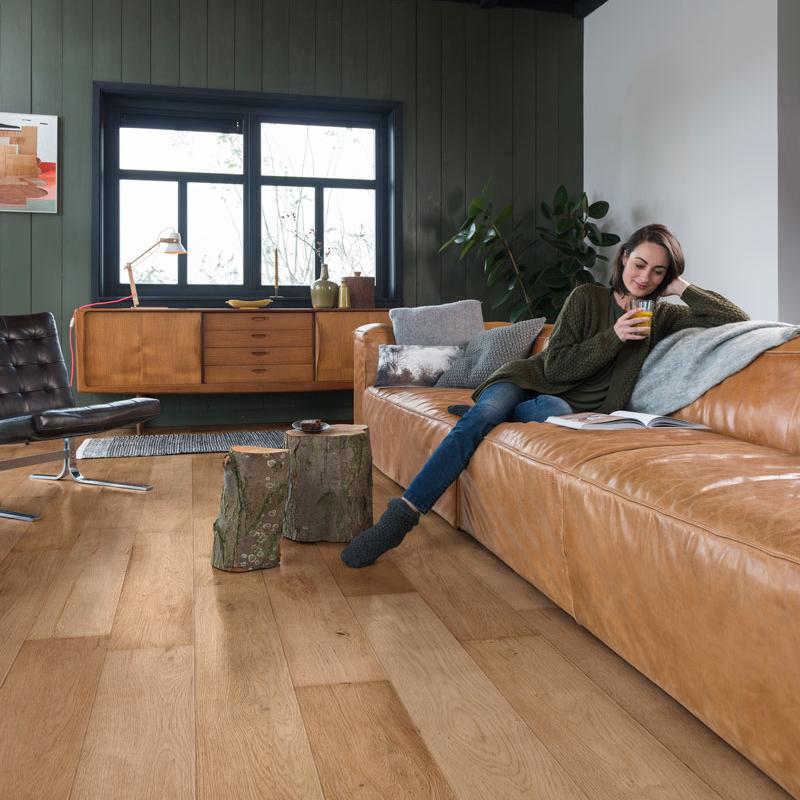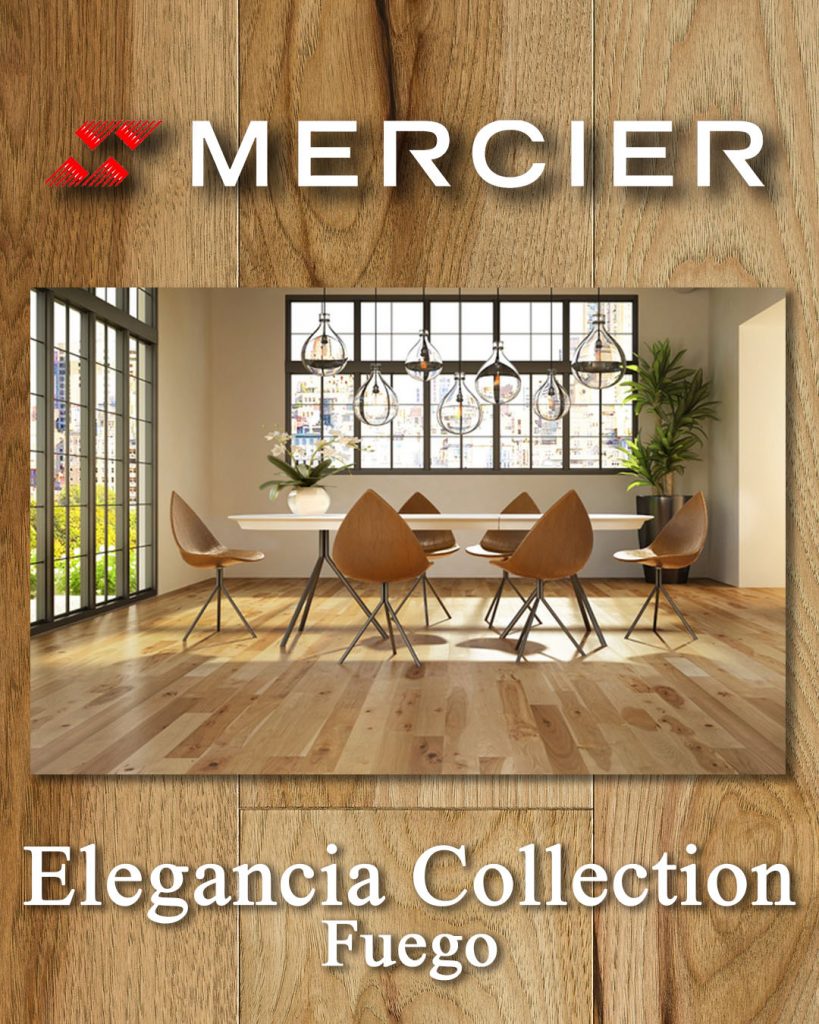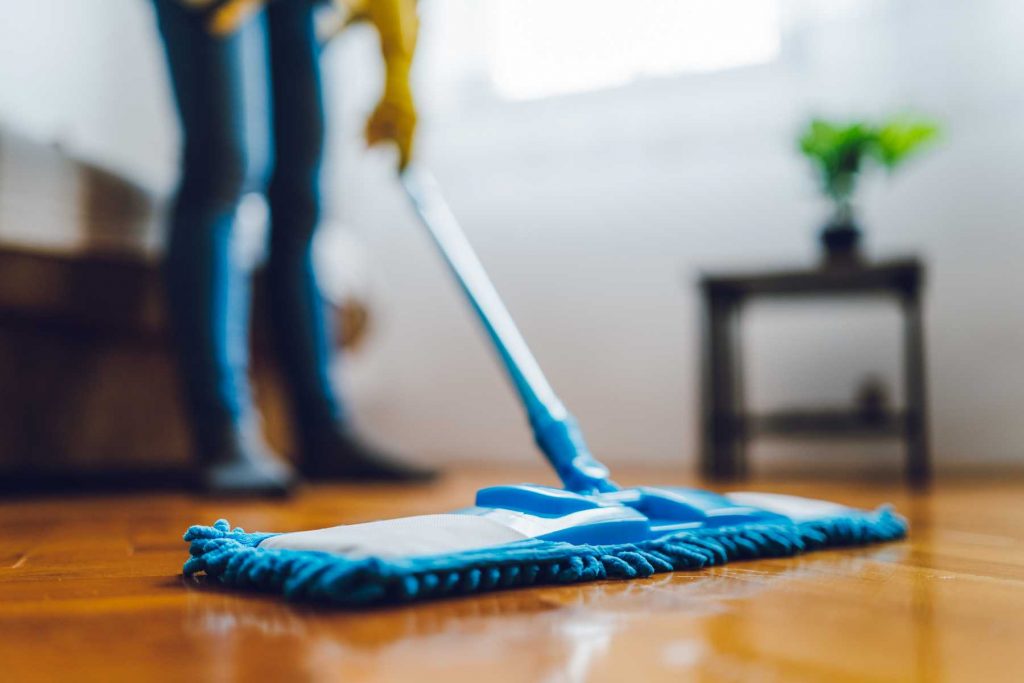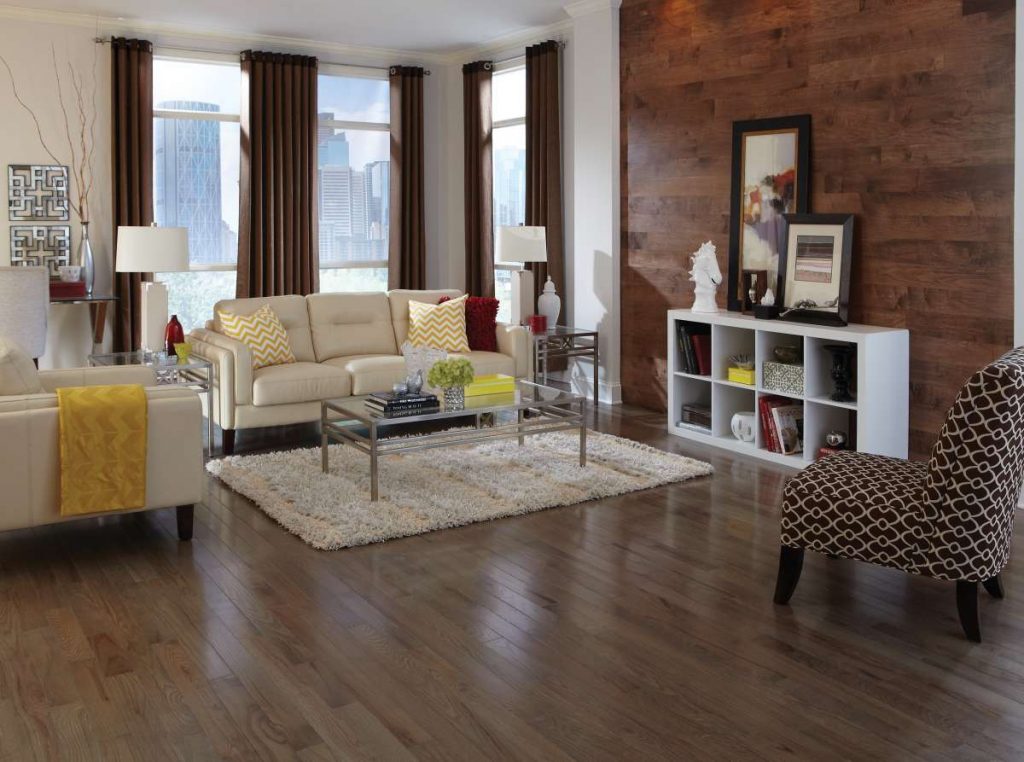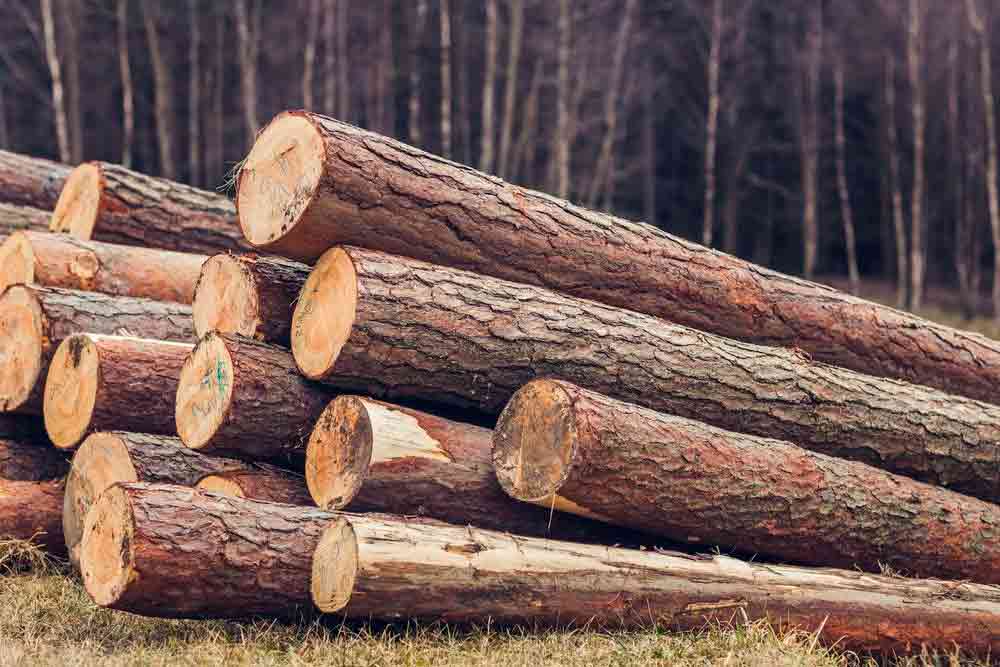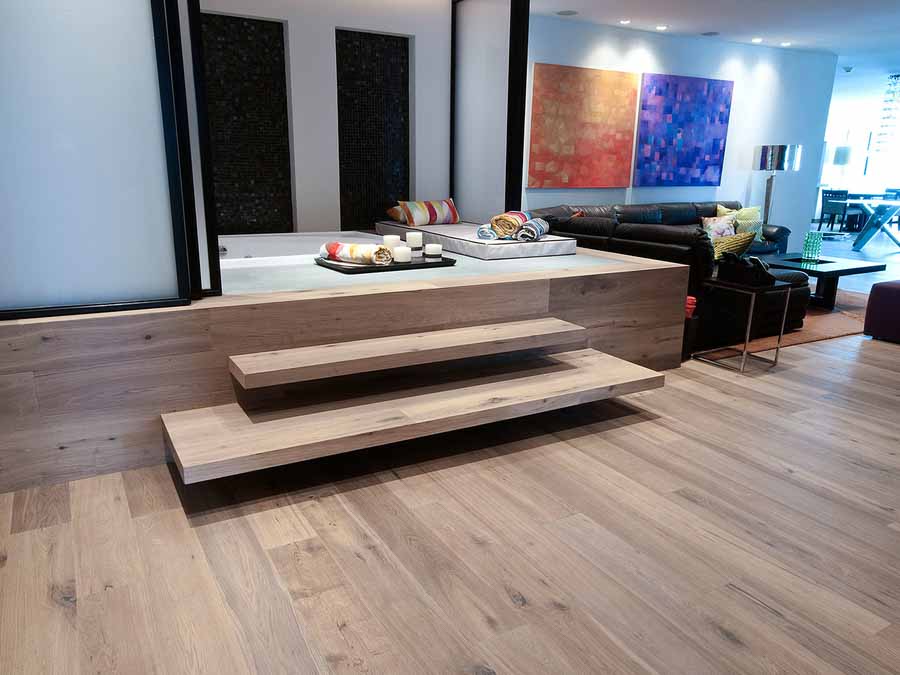DIY: Hardwood Floor Cleaner
Whether newly installed or more than a hundred years old, hardwood floors are a striking feature in many homes. We offer hardwood floor cleaner
Wood is a naturally resilient material, and sealed with a urethane finish hardwood flooring can take even the heaviest use for many years before needing to be refinished or, in rarer cases, replaced.
Yet while wood floors are on many a “must” list for their traditional elegance underfoot, they do demand more finicky care and maintenance than such materials as laminate, vinyl, or tile, which resist scuffs and are easier to clean.
Environmentally friendly
While hardwood floor cleaners abound on the market, there are several smart reasons to make your own. Some commercial products contain chemicals that can irritate the eyes, skin, or respiratory system, or be toxic if ingested.
If you have young children or pets often playing on (or eating off) the floor—or you simply appreciate the health and environmental benefits of a “green” home—you may wish to avoid commercial cleaners in favor of an all-natural approach.
Plus, store-bought products specifically formulated for hardwood floors can be pricey, around $7 to $20 for a 32-ounce bottle, while the homemade hardwood floor cleaner recipe here can get you nearly 200 32-ounce mixtures from a single $16, 32-ounce bottle of castile soap.
That being said, not all natural cleaning products are appropriate for hardwood floors. Harsh acidic ingredients like vinegar or lemon can strip the urethane finish, making floors appear cloudy and dull.
And too-vigorous scrubbing—either with a cleaning tool or by adding an abrasive ingredient like baking soda to a cleaning solution—can also damage the finish. The best homemade hardwood floor cleaner will remove dirt without harming the finish of the floors below.
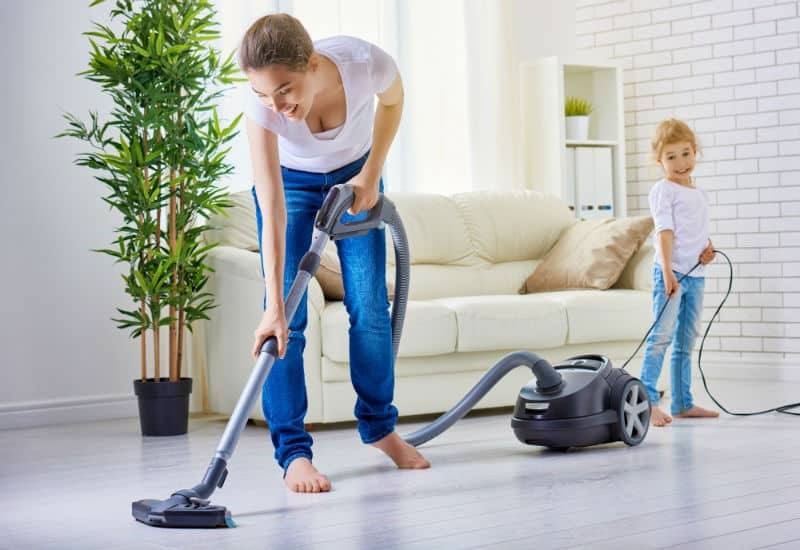
This recipe relies on castile soap, an eco-conscious alternative to dish detergent or other cleansers, and a microfiber pad to clean gently.
Before using the formula, sweep or vacuum flooring well to remove any loose dirt or debris. Then simply mix, mop, and admire your handsome hardwood!
Materials and tools
– 1 teaspoon pure castile soap (like Dr. Bronner’s)
– 4 cups water, plus more for rinsing
– 5 to 10 drops essential oil of your choice (optional)
– Spray bottle
– Mop with microfiber pad
Step 1
Add the castile soap, water, and—if you’d like a light scent—essential oil (like peppermint, orange, or lavender) to a spray bottle. Screw the top on tightly and shake well to mix.
Step 2
Before using any new cleanser on your entire floor—this one included—test it on an out-of-the-way spot, such as under a piece of furniture. Apply following the directions below and rinse, then check for any hint of damage before continuing with the rest of the floor.
Step 3
Working in small areas (about three square feet at a time), spritz the cleaning mixture onto the floor.
Be careful not to spray too much of the homemade hardwood floor cleaner at once to avoid water sitting too long on the surface. Excess moisture can penetrate the wood and cause serious damage to the boards along the lines of swelling, cupping, warping, and even separating.
Step 4
Using back and forth motions along the grain of the wood, work in the cleaning solution with a dry microfiber mop. (Avoid pre-dampened pads; there’s ample moisture in the spray). Continue working in small patches, rinsing and squeezing excess water off your mop as it becomes soiled until you’ve done the whole floor.
How to Prevent your Hardwood Floor from Damage?
Keeping your hardwood floors shiny and in good shape may seem like an impossible mission, but it isn’t. Follow these tips and they will help you to have your floors like new.
By design, our floors will see some of the most wear and tear of any of the fixtures in our home. Even if you’re normally careful with your floors, life happens.
Wood floors in particular require extra special attention to keep them looking nice. So, it’s important to learn how to clean and care for them the right way.
Harsh cleansers can damage the boards and pet stains can mar your finish. Don’t even mention moving day—improperly moved furniture accounts for plenty of the damage hardwood floors can sustain.
Having a regular maintenance routine is key. Keep your wood floors clean by vacuuming them regularly with the hardwood attachments of your vacuum.
Eliminating excess dust and dirt will keep you one step ahead. Then, use the mildest cleaning solution recommended for your floor type with a mop or rag that is just barely damp. Remember, water is a wood floor’s worst enemy.
Make sure any moisture you apply is dried immediately and completely. But there’s so much more to caring for wood floors than just cleaning.
From what you wear on your feet, to your pet care routine. No matter how you live, you can take some simple precautions to protect your wood floors so they will stay in great shape for years to come.
Choosing the right vacuum
Yes, you can vacuum your hardwood floors. In fact, doing so can grab dust that’s hiding between floor boards. Choose a vacuum that works well on wood floors.
Just a Little bit
If your floors are really dirty, you want to use more cleanser, right? Wrong! Too much of a harsh product isn’t good for them. Instead, thoroughly sweep or vacuum first. Then use a moderate amount of cleanser to wipe them clean. Read the labels to make sure you’re using a product that’s safe for your floor type.
Mild cleaner
A good rule of thumb for cleaning floors is to use the gentlest cleansers first, then up the ante if you need something more powerful. Gentle soap or white vinegar and water are good for starters. Whichever you choose, don’t dump anything straight on the floors. Use a mop or a soft cloth to clean.
Avoid scratches
Moving furniture is one of the fastest ways to damage perfectly good floors. When rearranging your space, pick up bookshelves or couches instead of pushing or pulling.
Another option you have is to ven when you’re not moving into a new place, furniture can still hurt your floors. Installing furniture pads on chair or table legs can keep your floors from getting scratched.
Also, The click-clack of stilettos on hardwood floors is a death knell. Keep your floors dent-free by wearing indoor-friendly flats or slippers.
Remember keeping your pets comfortable will help your floors, too. Keep their nails trimmed and clean up any accidental mishaps as soon as possible to prevent lasting damage.
Repairing Dents
A dented floor board may need to be replaced, but that can be a big project. For smaller dents, a steam iron might do the trick. Test the iron in a corner or hidden spot – some finishes can discolor with steam treatment. Then, wet the area and place a wet towel over it. Apply a heated iron to the cloth and wait for a few minutes. The heat should help the compressed fibers to get back in shape.
Tea time
Give dull hardwood floors a little pick-me-up with a tea treatment. Boil 5 or 6 tea bags in 5 cups of water and allow to cool. Using a mop, apply the tea to your floors for a temporary shine that’s faster than refinishing
Wood Floor Planet
Bobvila.com
